CONSPIRACY
HOW THE PARANOID STYLE FLOURISHES
AND WHERE IT COMES FROM
Daniel Pipes
The Free Press
New York London Toronto Sydney Singapore

By the Author
Slave Soldiers and Islam: The Genesis of a Military System (1981)
In the Path of God: Islam and Political Power (1983)
An Arabists Guide to Egyptian Colloquial (1983)
The Long Shadow: Culture and Politics in the Middle East (1989)
Greater Syria: The History of an Ambition (1990)
The Rushdie Affair: The Novel, the Ayatollah, and the West (1990)
Friendly Tyrants: An American Dilemma (co-editor; 1991)
Damascus Courts the West: Syrian Politics, 1989-91 (1991)
Sandstorm: Middle East Conflicts and America (editor; 1993)
Syria Beyond the Peace Process (1996)
The Hidden Hand; Middle East Fears of Conspiracy (1996)
HOW THE
PARANOID
STYLE
FLOURISHES
AND WHERE IT
COMES FROM
 CONSPIRACY
CONSPIRACY
Daniel Pipes
SIMON & SCHUSTER
Rockefeller Center 1230 Avenue of the Americas New York, New York 10020
www.SimonandSchuster.com
Copyright 1997 by Daniel Pipes
All rights reserved, including the right of reproduction in whole or in part in any form.
First Simon & Schuster paperback edition 1999
SIMON & SCHUSTER and colophon are trademarks of Simon & Schuster Inc.
Manufactured in the United States of America
10 9 8 7 6 5 4 3 2 1
The Library of Congress has catalogued this edition as follows:
Pipes, Daniel, 1949-
Conspiracy : how the paranoid style flourishes and where it comes from / Daniel Pipes.
p. cm.
Includes bibliographical references and index.
1. World politics.
2. Conspiracies.
I. Title
D21.3.P55 1997
909.8dc21 97-20949
CIP
ISBN: 0-684-83131-7
eISBN: 978-1-439-12404-8
0-684-87111-4 (pbk)
Dedication
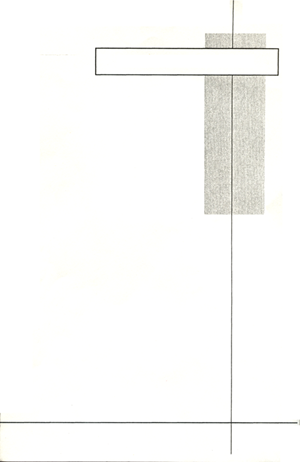 To Sarah Pipes, an Avid Reader
To Sarah Pipes, an Avid Reader
 CONTENTS
CONTENTStrifles, light as air,
are to the suspicious,
Strong as proofs of holy writ.
American Mercury, 1799
What may have been his motive?
Prince Metternich, on hearing of the death of the Russian ambassador
I trust no one,
not even myself.
Joseph Stalin
 PREFACE
PREFACEA new kind of explanation for political events came into existence almost exactly two centuries ago, when some opponents of the French Revolution ascribed to their enemies an inhuman capacity for planning and a hideous intention to rule the world. This set of fears, which began as the midnight thoughts of malcontents, took shape in the course of the nineteenth century as a body of political ideas that I call conspiracism. Conspiracism took on two main forms, one focused on the dangers posed by secret societies, and the other preoccupied with Jews. With time, these fears grew to include governments as wellspecifically the British, American, and Israeli. Conspiracism gained a steadily larger constituency through the nineteenth century; by its end, ruthless political operatives had adopted this approach and promoted its ideas, imbuing it with a hardness of tone and using it as the basis of ambitious, radical movements. In the period of the two world wars, leaders rode conspiracism to power in Russia and Germany, then used it to justify aggressive campaigns of territorial expansion. For about two years, from 1939 to 1941, they were within striking distance of seizing control of the entire world. Monumental errors on their part prevented this from happening, and the subsequent decades have seen a diminishment of conspiracism, though by no means its elimination.
In this book, I develop a unified interpretation of conspiracism. The following pages trace the history of conspiracy theories from their earliest beginnings in the Crusades (when the two main enemies emerged) to the present (when their appeal has moved to the political and geographical margins). Along the way, we encounter some of the most disturbing of people, the strangest of ideas, and the greatest of tragedies in the modern era. The cast features intellectuals obscure (Augustin de Barruel, Sergei Nilus) and famous (J. A. Hobson, Oswald Spengler), rabble-rousing politicians (Wilhelm Marr, Louis Farrakhan), and world-historical figures (Adolf Hitler, Joseph Stalin). Even some unexpected names turn up endorsing conspiracism (Benjamin Disraeli, Winston Churchill).
Two topics have particular relevance for understanding the role of conspiracy theories today: the manner in which, since World War I, the antisemitic and anti-secret society traditions have somewhat fused together, and the way these ideas began on the Right, were embraced by the Left, and still continue to ricochet from one end of the political spectrum to the other.
This is an interpretive essay, not a research study. To hold down its size, I concentrate on the most original or most important aspects of conspiracism. The emphasis here is on ideas, not information; I apologize in advance for what may seem like arbitrary decisions in coveragefor example, ignoring actual conspiracies (e.g., the Bolshevik seizure of power), the factors that explain why conspiracism gains in appeal (such as in Weimar Germany) or declines (in the recent West), and the personality traits conducive to conspiracism (such as in the Montana militiamen). I skip over whole centuries in the early period and decades more recently. The Soviet Union is far more present here than the other totalitarian states (such as Nazi Germany or Maos China), which perhaps calls for explanation. The Soviet exemplar came first, lasted longest, and had by far the most influence. Stalin was deeper and more complex than Hitler, and he spawned a great many other, almost equally murderous, regimes.
I happened on this topic in the course of writing The Hidden Hand, a study of conspiracy theories in the Middle East, my area of specialty. In tracking down the origins of the paranoid ideas expressed by such figures as Gamal Abdel Nasser, Ayatollah Khomeini, and Saddam Husayn, I discovered that their fear of plots was not original to them but derived in great part from European and American sources. As a result, my research wandered from current Arab and Iranian politics to Western intellectual history. This subject did not, however, fit the confines of a study on the Middle East, so my sketch on the subject settled into quiet obscurity on the hard drive, only to revive when Bruce Nichols of The Free Press urged me to turn that scrap into something publishable. I thank him for that impetus; this book is the result.
I also thank the board, supporters, and staff of the Middle East Forum, my home institution, for providing the right ambience to write this book. Roger Donway, Paul Hollander, Richard Pipes, Gerald Posner, and Arthur Waldron kindly replied to sometimes repeated questions about their areas of special knowledge. My research assistantsLeora Aster, Seyit Ali Avcu, J. Michael Barrett, Nick Beckwith, Randy Figatner, Seth Lasser, Tamala T. Montgomery, Jacqueline Portugese, Erika Triscari, and Zena Yoslovput in stellar performances in their library work and reading, cheerfully moving from one completely unrelated subject to the next.


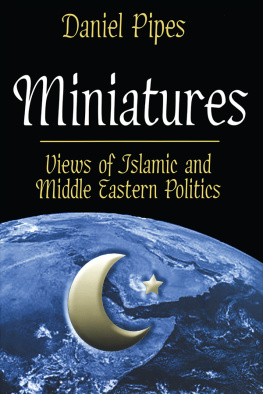

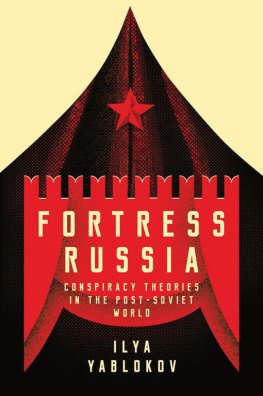
![Monte Cook - The Skeptics Guide to Conspiracies: From the Knights Templar to the JFK Assassination: Uncovering the [Real] Truth Behind the Worlds Most Controversial Conspiracy Theories](/uploads/posts/book/346601/thumbs/monte-cook-the-skeptic-s-guide-to-conspiracies.jpg)
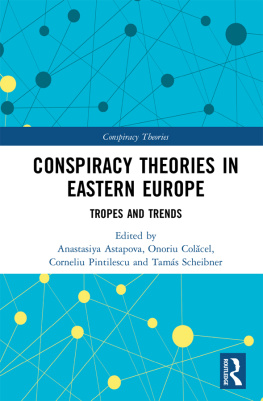
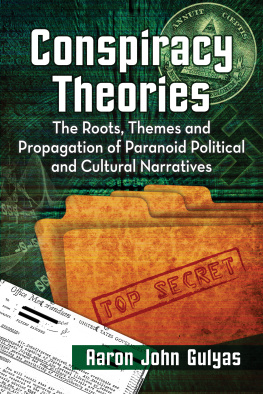
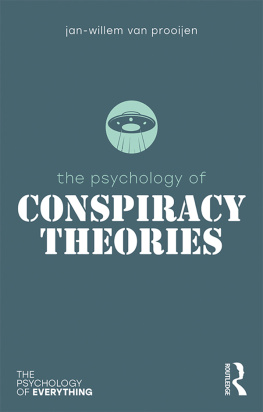
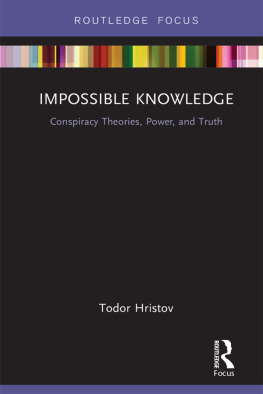

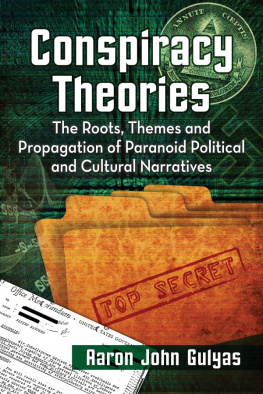
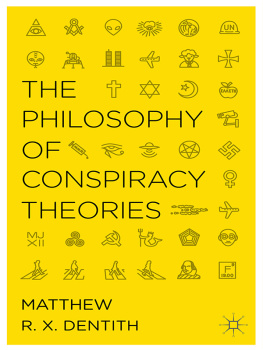

 CONSPIRACY
CONSPIRACY To Sarah Pipes, an Avid Reader
To Sarah Pipes, an Avid Reader CONTENTS
CONTENTS